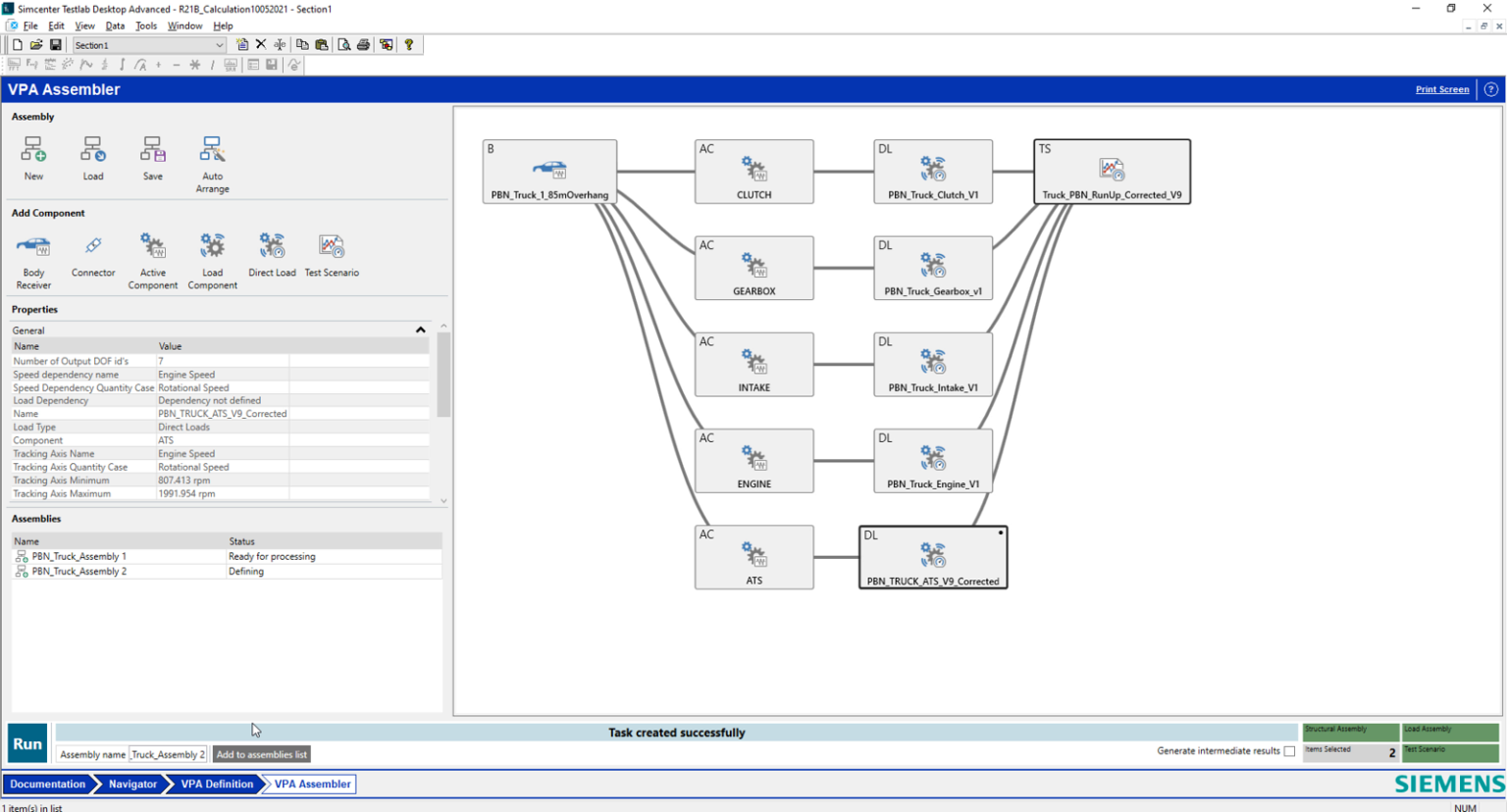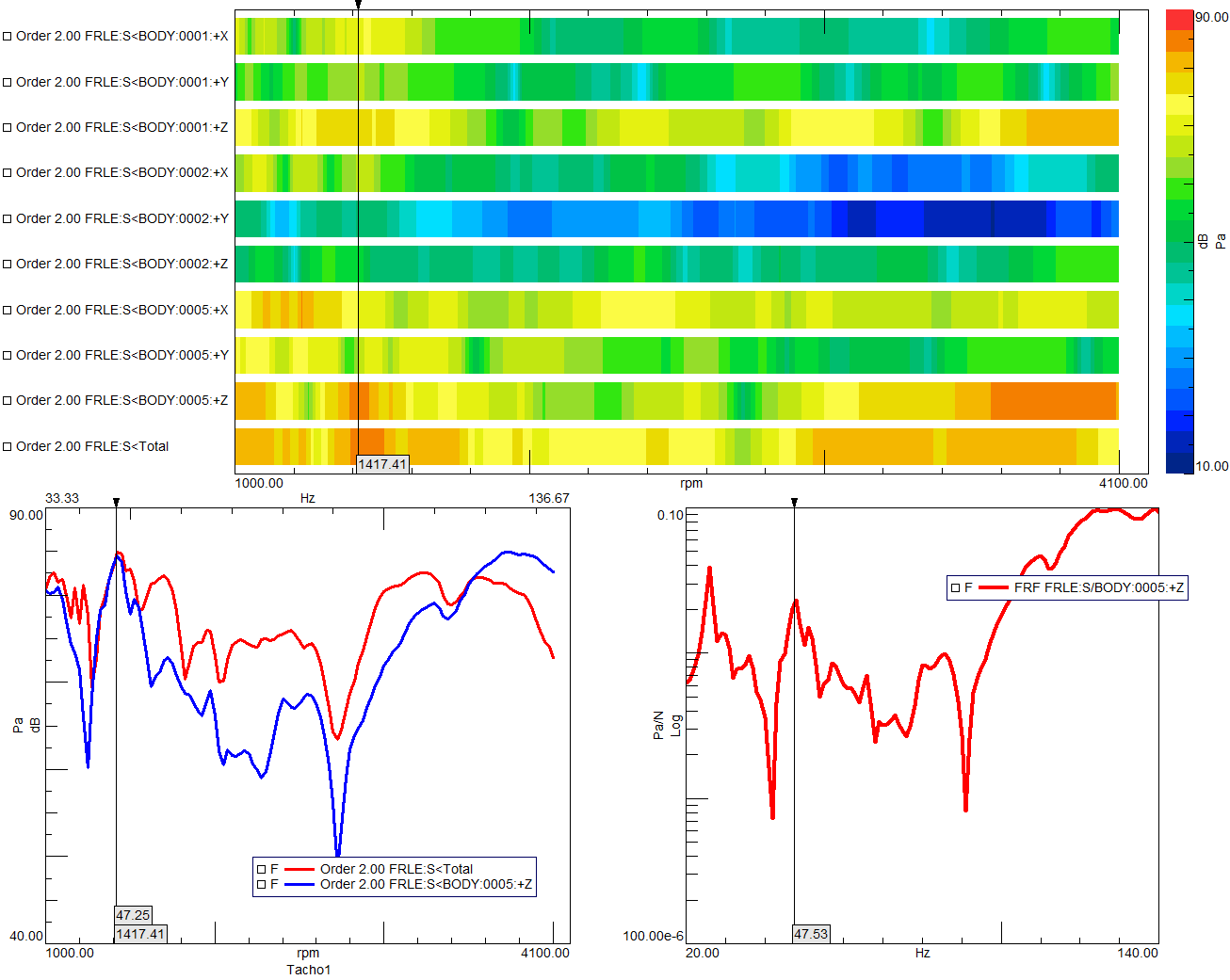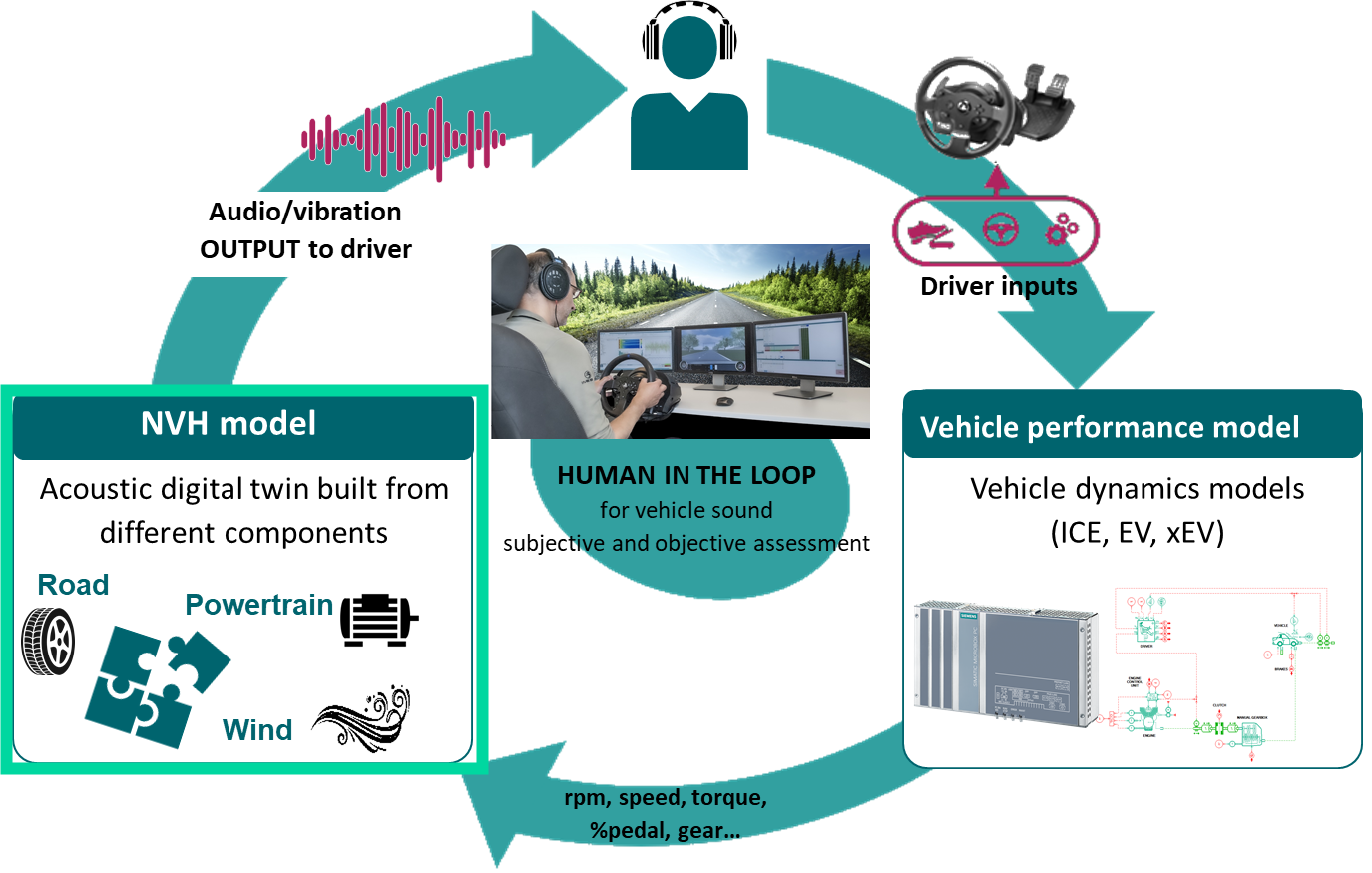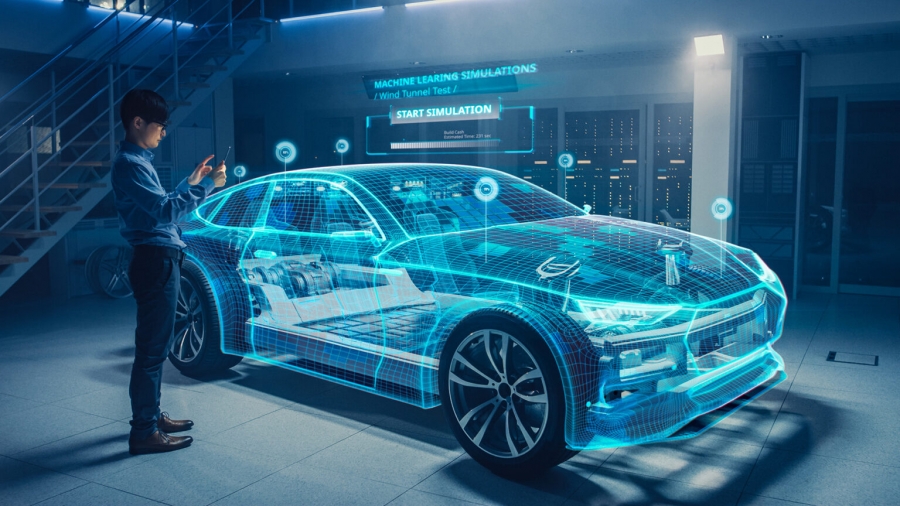We always aim for the best possible result, but in a complex scenario, where many parts must come together, it is hard to predict the outcome when all the building blocks are at their place. This complexity makes it hard to formulate realistic design targets for the subsystems early in the development cycle.
It’s similar for every new product. Just take the example of a vehicle: probably you know how an engine, a tire, a suspension, etc., is performing as a component, but when you integrate everything into the vehicle, can you still perceive it as good?
Should you wait to fully integrate all components to have a perception of a good or bad vehicle?
Sometimes it’s not even possible: too many variants on the market, the increasing importance of controls, the advent of electrification and the modular platforms make it impossible to run all the necessary NVH tests within a reasonable timeframe and budget. Also, can OEMs still use the data at full vehicle level to cascade down to target setting at subsystem level and doing benchmarking with predecessor or even competitor vehicles?
How can we overcome these challenges? Virtual Prototype Assembly is the answer!
Need to know the impact of modifying the structural properties of the vehicle body or engine mounts on comfort, noise, and vibration? Want to evaluate the difference in NVH performance for different vehicle variants as early as possible? Or understand the influence of control changes on vehicle NVH performance? You can answer all these questions and more using the NVH prediction capabilities of Simcenter Testlab Virtual Prototype Assembly (VPA).
Virtual Prototype Assembly makes NVH prediction accessible to all and in every stage of the development cycle: it allows engineers to create or assemble vehicles in a virtual environment from separate modular component models coming from test and/or simulation and assess the NVH performance of all those components working together.
It is a scalable solution: quick source transfer calculation is possible with only a source and receiver component up to full-blown models with all sources, subsystems and the receiver body.
How to create the components?
Engineers can create the components upfront using component-based TPA technology or from 1D and 3D simulation: test and simulation experts (at the OEM or at the supplier’s side) can create each component model and then publish them for analysts to set them in a modular way for further evaluations. This technology not only accepts the application data in many 1D, 3D and test data formats, but also the operational data can be of a wide variety of formats (spectra, octave, auto power, waterfall, …).
Experts can save the components with their metadata in a standardized format using Simcenter Testlab VPA Definition: this allows to create standardized libraries of components ready to use in the new assembly.

Wondering about naming convention?
Simulation engineers and test engineers might have their own naming convention, making life a bit harder for the person that needs to use the data…but don’t worry!
VPA definition can take this into account thanks to the usage of templates: you can drastically reduce the errors of wrong connections!
Tell me more about Virtual Protype Assembly…
Once you create the components, in few clicks, you can create and use the assembly to accurately predict a variety of NVH performance aspects such as booming noise, road noise, or pass-by noise and assess NVH specifics during hybrid or electric driving conditions. During this step, the required substructuring calculations are solved by the application to predict the outcome. Replacing components within an assembly or design alternatives, engineers can immediately see the NVH impact before having the vehicle physically available.
Create your virtual vehicle using Virtual Prototype Assembly

Create your virtual vehicle using Virtual Prototype Assembly

Evaluate the NVH performance prediction
Listen to the Virtual Prototype Assembly
It’s even possible to listen to the virtual vehicle!
You can easily load the created Virtual Prototype Assemblies in the NVH simulator, and replay the predicted sounds. This allows the NVH engineer to demonstrate their objectives to others: users can subjectively evaluate alternatives and easily make design decisions.
If your interest is control optimization and you are wondering if the new settings will influence the NVH performance of the vehicle, VPA is the right tool: you can directly apply on the virtual assembly the new driving profiles created while tuning the control parameters to provide insight into their NVH performance.

Source: Simcenter Blog, written by Simona Ottaiano
To learn more about Simcenter and to keep up with the latest from Dipolo, subscribe to our newsletter.
 Deutsch (Deutschland)
Deutsch (Deutschland)  English (UK)
English (UK) 


